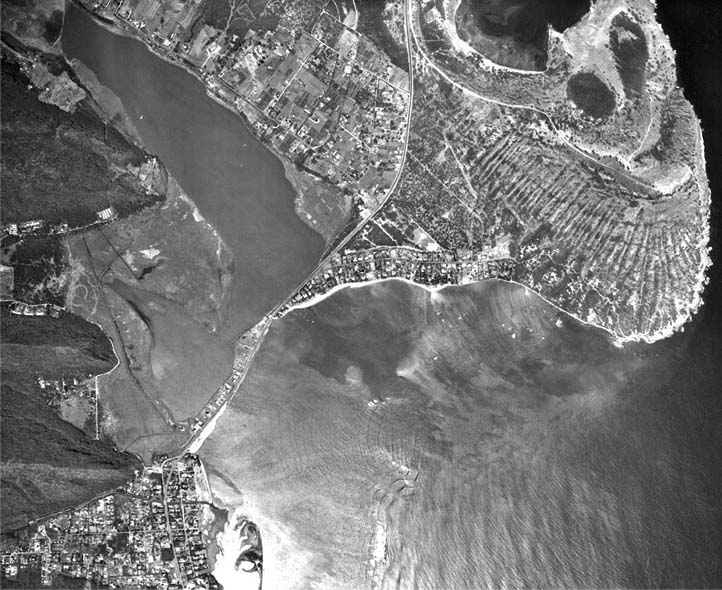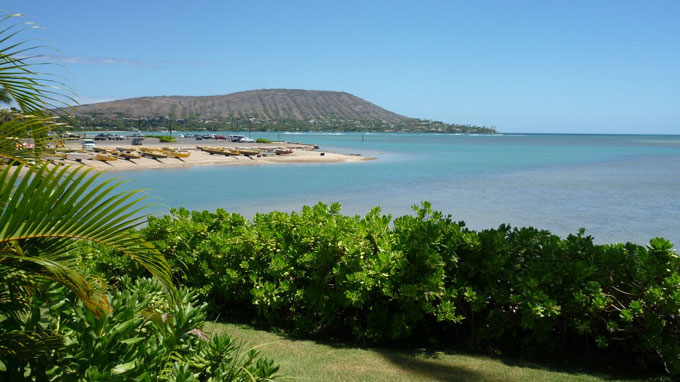Beer is produced by the saccharification (breaking into sugars) of starch and fermentation of the resulting sugar. There are eight basic steps to the standard commercial brewing process: milling, mashing, wort separation, boiling, chilling, fermenting, conditioning and packaging. (Barth)
Journal entries show Captain James Cook was the first to make beer in the Islands. On December 7, 1778 he notes, “Having procured a quantity of sugar cane; and having, upon a trial, made but a few days before, found that a strong decoction of it produced a very palatable beer, I ordered some more to be brewed, for our general use.”
“A few hops, of which we had some on board, improved it much. It has the taste of new malt beer; and I believe no one will doubt of its being very wholesome. And yet my inconsiderate crew alleged that it was injurious to their health.” (Cook)
While the crew “would (not) even so much as taste it”, Cook “gave orders that no grog should be served … (he) and the officers, continued to make use of this sugarcane beer, whenever (they) could get materials for brewing it.” (Cook)
I realize some purists might suggest beer needs cereal grain to be brewed, and sugar is not a grain. However, beer, ultimately, is the fermentation of sugar. (BTW, starch is a primary product of photosynthesis, and is found in sugarcane stalks. (Figueira))
Other early beer references show experiences with the brew. On June 29, 1807, Iselin notes, “Went on shore with some Englishmen, etc., who took us to their houses, where they displayed beer and a kind of gin, a spirituous liquor distilled of the tea root (ʻōkolehao,) said to be drank freely in the Isles.” (Isaac Iselin)
For early indications of new plants and production from those plants in the Islands, most attention turn to Don Francisco de Paula Marin. Marin was a Spaniard who arrived in the Hawaiian Islands in 1793 or 1794 (at about the age of 20.)
His knowledge of Western military weapons brought him to the attention of Kamehameha, who was engaged in the conquest of O‘ahu. Marin almost immediately became a trusted advisor to Kamehameha I.
Marin was responsible for introducing and cultivating many of the plants commonly associated with the Islands. And, he is reportedly the first Island resident to brew beer. His journal entry for February 2, 1812 recorded the making of “a barrel of beer.” On December 7, 1815, he wrote, “This day I made a little oil and a barrel of beer for Captain Tela (Tyler.)” (Schmitt)
We even see some references to beer (brewing and drinking) in missionary journals. On November 19-20, 1824, missionary Elisha Loomis notes, “Yesterday and today I have been engaged in making beer and vinegar from a root called tee, which grows plentifully in these islands. It is the most sweet of any vegetable I ever tasted. The juice is nearly as sweet as molasses.”
On October 31, 1832, Clarissa Armstrong (wife of Reverend Richard Armstrong) noted, “Capt. Brayton has given me a little beer cask – it holds 6 quarts – Nothing could have been more acceptable. I wanted to ask you for one, but did not like to. O how kind providence has been & is to us, in supplying our wants. The board have sent out hops – & I have some beer now a working. I should like to give you a drink.”
On July 24, 1836, Clarissa Armstrong notes (during an illness:) “We had a bottle of wine of which I drank … All the nourishment I took after leaving Honolulu til we reached Wailuku was two biscuit about the size of small crackers, & a bit of dried beef. Drinks were my nourishment. Limes grow at Oahu & I obtained some for the voyage, which furnished me pleasant drink. Also a little beer which I had made.”
Hawaiʻi’s first full-scale brewery appeared in 1854. From April 15 to October 21, 1854, The Polynesian carried a weekly one-column advertisement headed “Honolulu Brewery.-Genuine Beer.” (Schmitt)
The copy continued: “Brewry in Honolulu, Fort street, opposite the French Hotel, are now prepared to supply families, hotels, boarding houses and bar rooms, in bottles or in kegs. This Beer is made of barley and hops only, contains no alcohol, nor any ingredient whatever injurious to health, can be recommended to the public as the best and most wholesome beverage ever made on these islands, and we hope, therefore, to obtain the favor of public patronage. All orders will be punctually attended to. Captains and passengers will be accommodated at the shortest notice. JJ Bischoff L Co (Polynesian, September 30, 1854)
They later changed the ad, and dropped the “no alcohol” reference, “Honolulu Brewery Malt Beer. The undersigned having established a Brewery in Honolulu, Fort St., opposite the French Hotel, are now prepared to supply families, hotels, boarding houses and bar rooms, in kegs or in bottles. All orders will be punctually attended to. Captains and passengers will be accommodated at the shortest notice. JJ Bischoff & Co. (Polynesian, August 4, 1855)
Willard Francis and Thos. Warren started Hawaiian Brewery in March 1865; apparently the partnership didn’t last long. On February 10, 1866, Francis was advertising the brewery for sale, noting that he intended to leave the Islands. At the same time, Warren was advertising for “a No. 1 Brewer” for the Oʻahu Brewery. (PCA, Feb. 10, 1866)
Other breweries followed this initial effort. Gilbert Waller National Brewery Co. in Kalihi produced steam beer from January 1888 until 1893 or thereabouts. (Schmitt)
Then came one of Hawaiʻi’s notable beers, Primo, that started production on February 13, 1901. “The Honolulu Brewing and Malting Co Ltd will deliver their Primo lager either in kegs or bottled by July 1st. Orders received will be promptly filled.” (Hawaiian Star, June 27, 1901)
Another paper that day noted an early ‘Buy Local’ marketing theme, “The building up of home industries made the United States what it is today. The Honolulu Brewing and Malting Co have a home production ‘Primo Lager Beer’ why not order some when it is the equal of any beer brewed?” (Honolulu Republican, June 27, 1901)
Primo also touted the apparent health benefits of drinking beer, “Every doctor knows how beer benefits. If you need more strength or vitality, he will prescribe it. For run-down, nervous people, there is no better tonic and nutrient than a glass of good Primo Beer with meals. Primo Beer, the best tonic.” The brewery was later renamed Hawaiʻi Brewing Co.
The first American beer to be marketed in an aluminum can was Primo, in October 1958. The 11-ounce “Shiny Steiny,” developed by the Hawaiʻi Brewing Corp with the help of Kaiser, was heavily promoted but failed to achieve popularity, and it was eventually withdrawn. (Schmitt)
A lasting legacy of the early brew crew is the Royal Brewery on Queen Street. It was built in 1899 to the specifications of the Honolulu Brewing and Malting Company. It was constructed from materials shipped in from San Francisco and New York in 1899-1900 and was the original home of Primo. (They stopped brewing beer there in 1960.)





































































